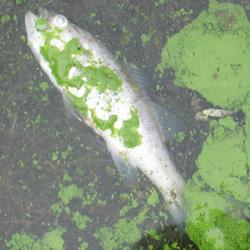Upper Midwest Water Science Center employees who attended the Great Lakes Area of Concern Conference 2023 in Green Bay, Wisconsin.
(L to R): Hayley Olds, Grace Armstrong, Sarah Janssen, Leon Katona, Lisa Fogarty, Jeannette Cruz, Kayla Lockmiller, Tori Byers, Alexei Rose, Isaac Mevis





